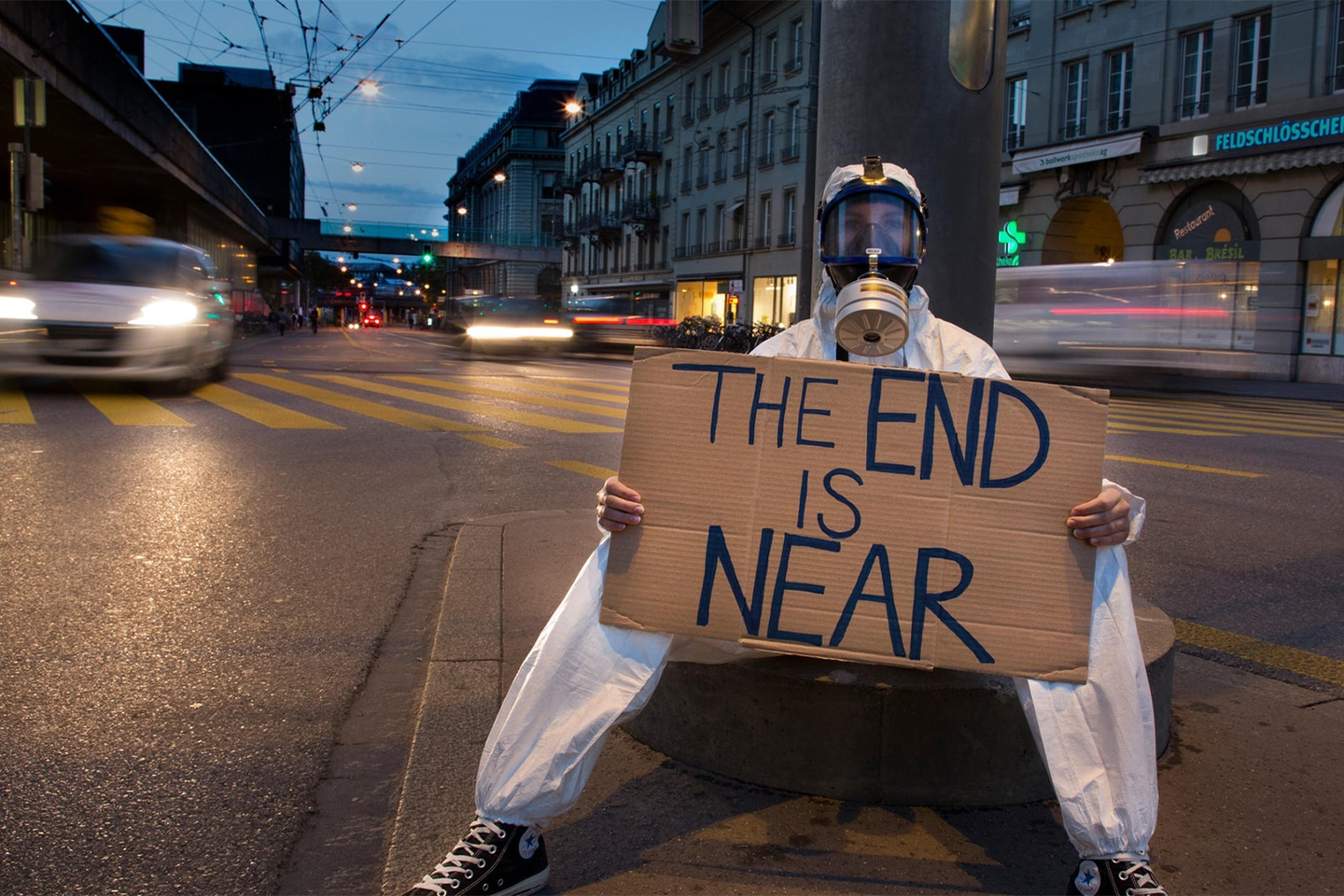
1_A world in transition
Our world is in the midst of tremendous change. Young people in particular are aware of the negative effects of our current economic model and are discussing new approaches to the world: criticizing the inequality between the 1st, 2nd and 3rd worlds, calling for action against the increasing destruction of our environment, getting involved in social initiatives and working to improve the world around them.
2_High social responsibility of design
For 150 years, design has been involved in the development of industrial societies and their effects on people and the environment. This results in a high responsibility for designers to work with design means on overcoming the problems that affect us today and in the future.
3_User oriented design
Until about 30 years ago, neither people nor the environment were of interest in the design process; it was all about financial corporate success and profit maximization. From the turn of the millennium, however, it became more and more accepted that the human needs, the abilities and behaviors of the individual users should also be taken into account in the design process. This user-centered design thus became “the” new credo of the design scene.
4_Individual success versus long-term consequences
But in a globalized, interconnected world, something that benefits individuals can harm many others – and also our planet. The negative consequences of this design method, which focuses too much on the individual and thus simultaneously ignores the political and social dimension of design, can no longer be overlooked.
5_A new paradigm?
As early as 1971, Victor Papanek criticized in his book “Design for the Real World” the trend that “increasingly useless, potentially harmful, irresponsible and, from an ecological point of view, questionable products are being produced as mass consumer goods”. He spoke out strongly against irresponsibility in design and developed a radio for the Third World based on an old tin can.
6_Society-Centered Design
Fifty years later, Papanek’s approaches are now receiving more and more approval. Many designers are no longer content to serve well-heeled customers in their search for aesthetic distinction, but are beginning to question their role as designers in the context of the ever-widening gap between rich and poor and the environmental problem. They get involved in social movements, support grassroots initiatives, and quite simply and unagitatedly try to make a contribution to improving the world.
7_Society-Centered Design: The big picture
Designers must be aware that they are designing ecosystems, not just individual applications. They must look beyond the individual user and the immediate business success and develop the best solution for people, society and nature. The term “society-centered design” expresses precisely this understanding of design. It includes not only users and business, but also society and the environment – and their manifold interdependencies.
8_Society-Centered Design: The better business strategy
Companies also feel that it is time for a new approach to product development. Consumers today are more enlightened and critical, they look closely at how products are made and how employees are treated, or how companies and brands position themselves on social issues. People want to make a contribution to the common good and to environmental protection. Accordingly, companies – and designers – are called upon to offer them products and services that are in harmony with this need. It follows from this: Society-Centered Design is not an idealistic ideology, but a competitive advantage for companies that want to reach people (and make a profit) today.
9_Society-Centered Design: A new mindset
In order to design in the sense of Society-Centered Design, a new mindset is needed, as well as corresponding strategies and expanded methods. It would also be important to integrate the needs of non-human stakeholders – i.e. animals and the environment – into the design process. This requires knowledge and design techniques from human-centered design and usability as well as from ecology, environmental sciences, sociology and philosophy.
10_Future task for the design
Above all, designers should internalize holistic thinking, incorporate it into their daily work, and convince companies and clients that it is absolutely necessary. Society-Centered Design is not an idealistic bubble, but provides companies with real competitive advantages. The key to success is communicating and developing a new approach to design. And further thought: Everything depends on cooperation – between politics, science, economy, designers, activists and people in general – with the goal to find solutions and to think about and implement a new idea of design as quickly as possible.











